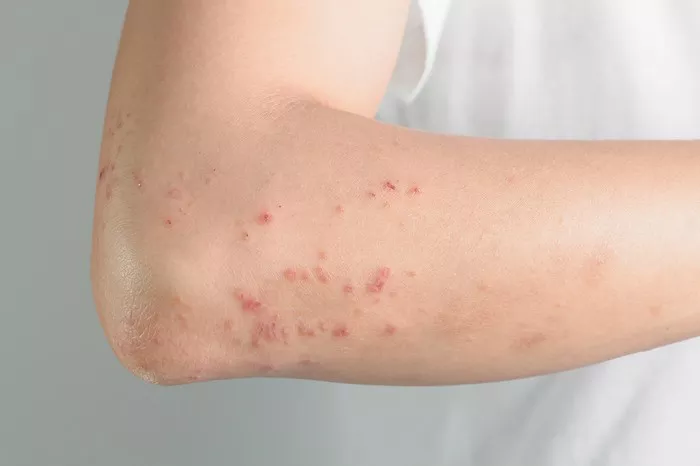In a significant development, machine learning technology has demonstrated its ability to identify previously undetected cases of hidradenitis suppurativa (HS), a chronic skin condition characterized by painful lumps and abscesses in specific body areas. This breakthrough holds promising implications for revolutionizing the healthcare industry by enhancing diagnostic accuracy and treatment outcomes.
Diagnosing HS can be challenging, often resulting in delays in treatment and undue suffering for patients. However, a novel machine learning model has emerged as a potent tool for more precise HS diagnosis. By analyzing extensive medical data, this model not only accurately identifies HS but also distinguishes it from other similar skin conditions, thereby alleviating strain on healthcare systems and ultimately improving patient care.
A comprehensive study spanning two decades and encompassing millions of patients has demonstrated the machine learning algorithms’ diagnostic accuracy rates of up to 73%, with an overall performance rate reaching 82%. Furthermore, the study has underscored key risk factors such as age, gender, and specific medical history that play pivotal roles in predicting HS. By effectively flagging potential cases based on these factors, the model contributes significantly to early detection and intervention.
Beyond its application in HS, this machine learning model has showcased success in recognizing a spectrum of medical conditions including mental health issues and cardiovascular diseases. This versatility underscores its potential to transform healthcare delivery by enabling timely interventions across various medical domains.
Despite its notable achievements, the study acknowledges certain limitations, notably related to data availability and medical coding errors. Efforts are underway to refine the model further and address these challenges, ensuring its efficacy and reliability in clinical settings. This ongoing refinement underscores the evolving landscape of machine learning-driven healthcare solutions.

























